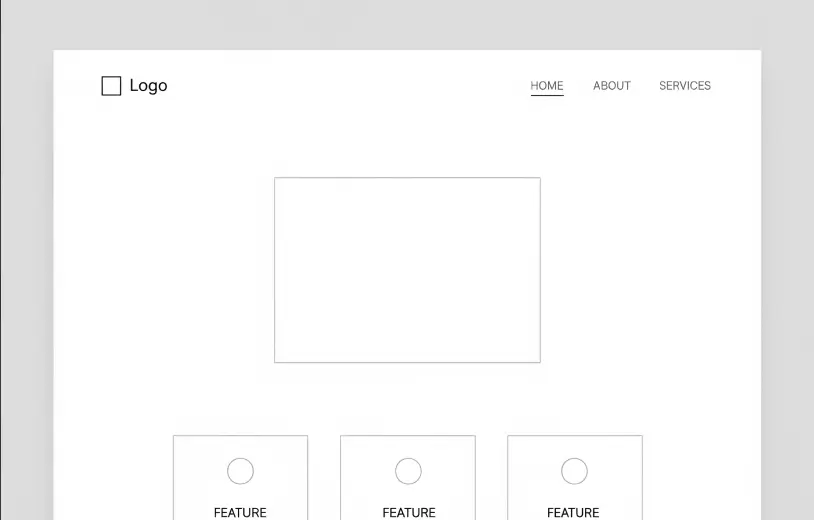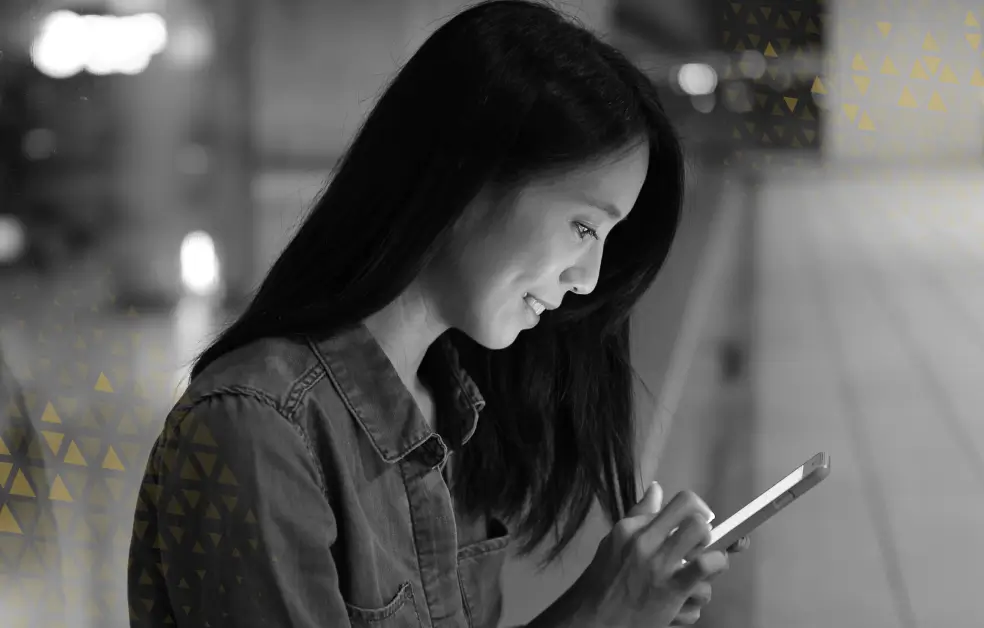Key Takeaways
- Performance is a Business Metric: Treat web performance not as an IT checklist item, but as a critical driver of revenue, brand perception, and customer satisfaction.
- User Experience Demands Speed: A fast, seamless website builds trust and reduces friction, leading to lower bounce rates and higher conversion rates.
- SEO Rewards Performance: Google directly favors fast-loading websites with good Core Web Vitals, making WPO essential for search visibility.
- Optimization is an Investment, Not a Cost: The ROI of professional web performance optimization is realized through improved rankings, better engagement, and increased conversions.
Your website is more than just an online brochure; it’s a carefully constructed experience designed to guide users towards a specific action, whether that’s making a purchase, signing up for a newsletter, or requesting a demo.
But what makes one website more effective at converting than another? The answer lies deep within the psychology of web design.
Understanding how colors, fonts, and layout influence human perception and behavior is not just an art; it’s a science.
By strategically employing these elements, expert web designers evoke specific emotions, build trust, and ultimately drive higher conversion rates.
The Power of Color: More Than Just Aesthetics

Color is perhaps the most immediate and impactful visual element.
It speaks to us on a subconscious level, triggering emotional responses and associations without us even realizing it. The color psychology in web design is a critical factor in how users perceive your brand and interact with your site.
- Blue: Often associated with trust, serenity, and professionalism, blue is a popular choice for corporate websites, financial institutions, and tech companies. Think LinkedIn or Facebook.
- Green: Evokes feelings of nature, growth, health, and wealth. It’s frequently used by environmentally conscious brands, healthcare providers, and financial advisors.
- Red: A color of passion, urgency, and excitement. Red can be highly effective for calls to action, sales, or brands that want to convey energy, but overuse can be overwhelming.
- Yellow: Represents optimism, cheerfulness, and warmth. Used sparingly, it can highlight important elements or add a friendly touch.
- Orange: A vibrant and energetic color, often associated with creativity, enthusiasm, and youth. It’s great for call-to-action buttons as it can grab attention without being as aggressive as red.
The Subtlety of Typography: Speaking Without Words
Fonts are more than just a way to display text; they convey personality, professionalism, and readability.
The right typeface can make your content inviting and easy to digest, while the wrong one can create friction and even distrust.
- Serif Fonts (e.g., Times New Roman, Georgia): Often perceived as traditional, authoritative, and trustworthy. They are generally good for longer blocks of text in print, but can sometimes be harder to read on screens.
- Sans-Serif Fonts (e.g., Arial, Helvetica, Open Sans): Modern, clean, and highly readable on digital screens. They are a popular choice for body text and headlines across the web.
- Script Fonts: Evoke elegance, creativity, or a personal touch. Best used sparingly for headlines or decorative elements, as they can be difficult to read in large quantities.
- Display Fonts: Designed for impact and typically used for headlines or logos. They often have a unique character that helps them stand out.
Consider the line height, letter spacing, and font size. These elements significantly impact readability and user experience. A cluttered block of text, even in a good font, will deter users.
The Art of Layout: Guiding the User's Eye
Layout is the architecture of your web page. It dictates the hierarchy of information, guides the user’s eye, and influences their navigation through the site. A well-structured layout feels intuitive and reduces cognitive load, making the user journey smoother.
- F-Pattern and Z-Pattern: Research shows users often scan web pages in an “F” or “Z” pattern. Placing crucial information and calls to action along these visual paths can significantly improve engagement.
- White Space (Negative Space): This isn’t just space; it’s a powerful design tool that improves readability, highlights important elements, and creates a sense of calm and sophistication. Don’t be afraid of it!
- Visual Hierarchy: Use size, color, contrast, and positioning to indicate the importance of different elements. The most critical information should be the most prominent.
- Consistency: Maintain a consistent layout, navigation, and styling across your entire website. This builds familiarity and makes the site easier to use.
Call to Action (CTA) Design: The Conversion Catalyst

Your Calls to Action are where all these psychological elements converge. A well-designed CTA isn’t just a button; it’s the culmination of your web design psychology efforts.
- Color Contrast: Your CTA button should stand out from its surroundings. Using a complementary or contrasting color can make it pop.
- Compelling Language: Use action-oriented and benefit-driven language. Instead of “Submit,” try “Get Your Free Ebook.”
- Size and Placement: Make your CTAs prominent enough to be easily seen but don’t let them overwhelm the page. Strategic placement, often above the fold, is key.
- Urgency and Scarcity: Phrases like “Limited Time Offer” or “Only 3 Left!” can create a sense of urgency and encourage immediate action.
Transform Your Website from a Brochure to a Conversion Engine
Understanding the psychology of web design is the first step.
Applying these principles to create a seamless, high-converting digital experience for your enterprise requires deep expertise and a data-driven strategy.
At Fahrenheit Marketing, we don’t just build websites; we engineer conversion-focused digital platforms.
Schedule your free consultation with our team of design experts today and discover how we apply psychological principles to create experiences that captivate your audience and drive results.
